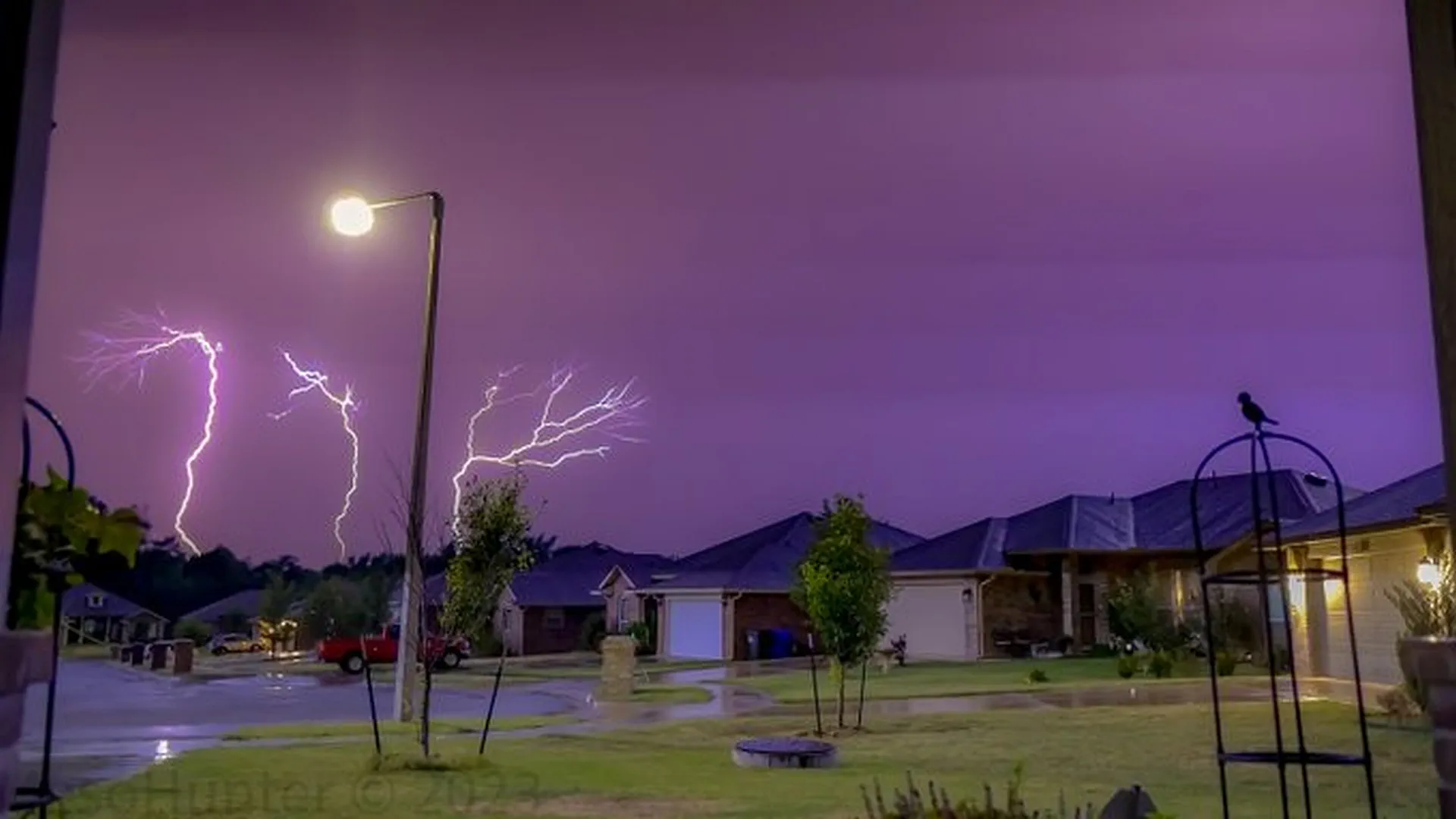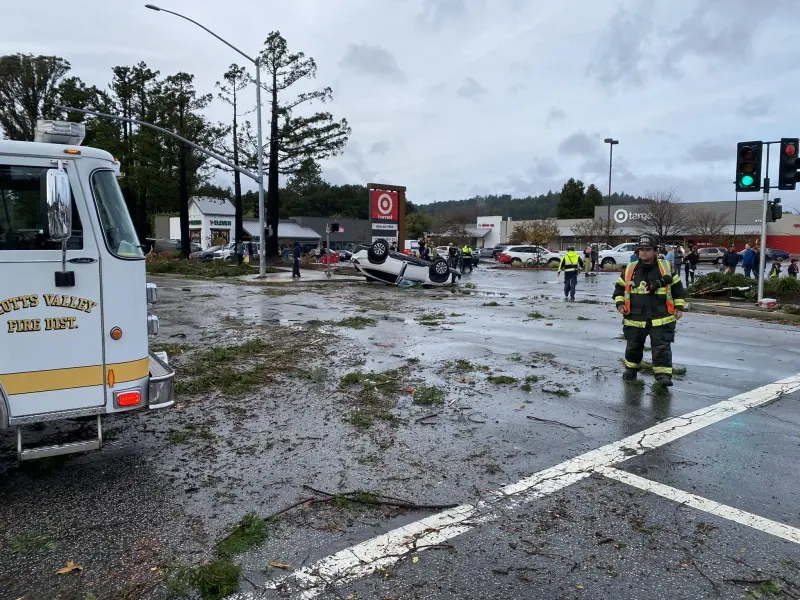
Winter weather forecast USA 2023/2024
The winter of 2023/2024 is making a dynamic entrance, characterized by a series of pressure waves across the Pacific and into North America. This dynamic pattern is expected to evolve into a strong low-pressure system, fostering a powerful jet stream and introducing warmer air over the United States.
The jet stream, plays a pivotal role in influencing daily weather, contributing to phenomena ranging from cold spells to heatwaves. Its fast, west-to-east flow is a crucial factor in shaping weather patterns. Changes in the jet stream are closely monitored due to their significant impact on regional weather.
In the coming days, the prevailing dynamic waves in the North Pacific are predicted to give way to a robust low-pressure area, ushering in a more linear jet stream pattern. This shift creates a strong pressure difference, resulting in powerful westerly and southwesterly low-level winds carrying milder ocean air into the western United States and western Canada.

The anticipated changes in the jet stream are poised to bring much warmer air mass into the United States. The forecasted temperature anomalies suggest a considerable deviation from normal conditions, particularly over the holiday season. The graphic illustrates the expected warmer-than-normal temperatures across much of North America.
Weather forecast January 2024.
While the immediate future promises warmth, a substantial pattern change is forecasted for January. The ensemble forecast indicates a shift in weather patterns, with a broad low-pressure area developing over the Aleutians. This change suggests a transition to colder conditions in early 2024.

El Niño Influence.
The strong El Niño event in the Pacific Ocean is a major influence on the evolving jet stream and, consequently, daily weather patterns over the United States and Canada. El Niño, characterized by warm phases in the equatorial Pacific, typically results in amplified subtropical jet stream patterns and warmer temperatures in the northern United States and western Canada.
The monthly forecasts for January indicate a broader low-pressure system over the eastern and central United States, accompanying colder-than-normal temperatures. This aligns with typical El Niño winter patterns, contributing to the seasonal average. However, it's essential to note that monthly averages might not capture short-term extremes.
As December unfolds with warmer conditions, the influence of El Niño suggests a likely correction to colder weather patterns in January and February. While immediate forecasts showcase warmth, the evolving dynamics, ocean anomalies, and El Niño events contribute to the dynamic nature of winter weather, emphasizing the need for continuous monitoring and updates.
Founder and chief forecaster of the Pogodnik service. He has many years of experience in the meteorological service. He is the author of numerous scientific publications and popular articles about the weather.




